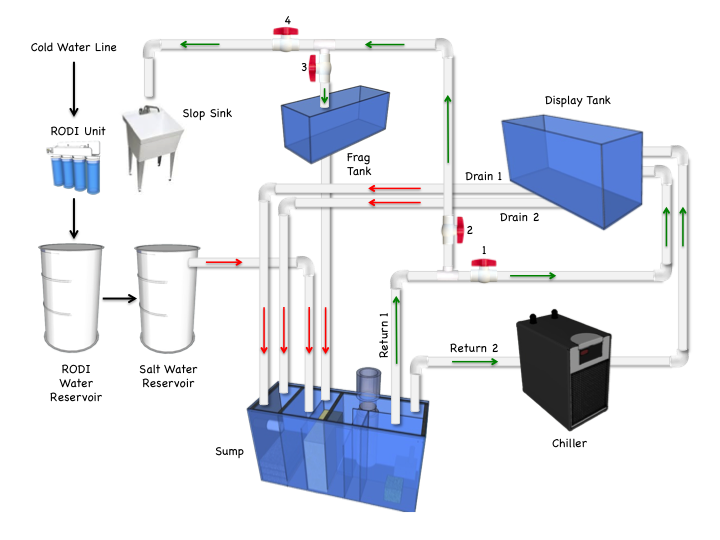BuzzBob56
Active member
I have just ordered a Danner 1200 GPH Pump.
Quick simple question: Does it cause undue stress on the pump's motor to restrict its flow rate via a Ball Valve down-line from the pump?
I bought big, for future expansion. But my current requirements are far less than the pump's stated capacity. If it would not cause the pump damage, I may restrict its flow by up to 50%
Thx for any feedback!
Quick simple question: Does it cause undue stress on the pump's motor to restrict its flow rate via a Ball Valve down-line from the pump?
I bought big, for future expansion. But my current requirements are far less than the pump's stated capacity. If it would not cause the pump damage, I may restrict its flow by up to 50%
Thx for any feedback!




